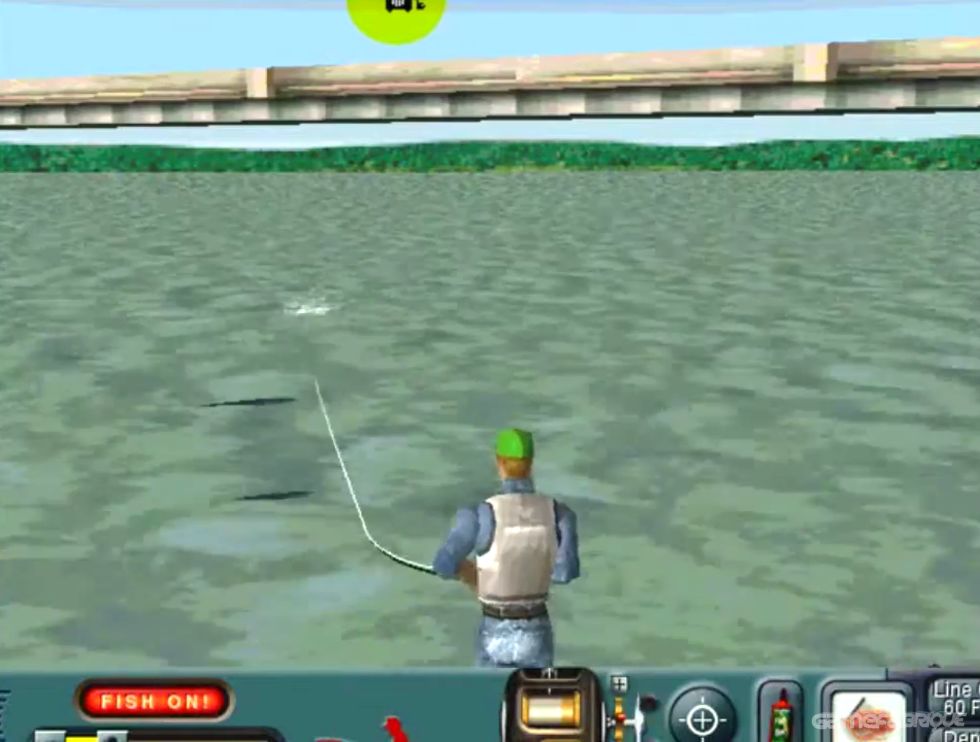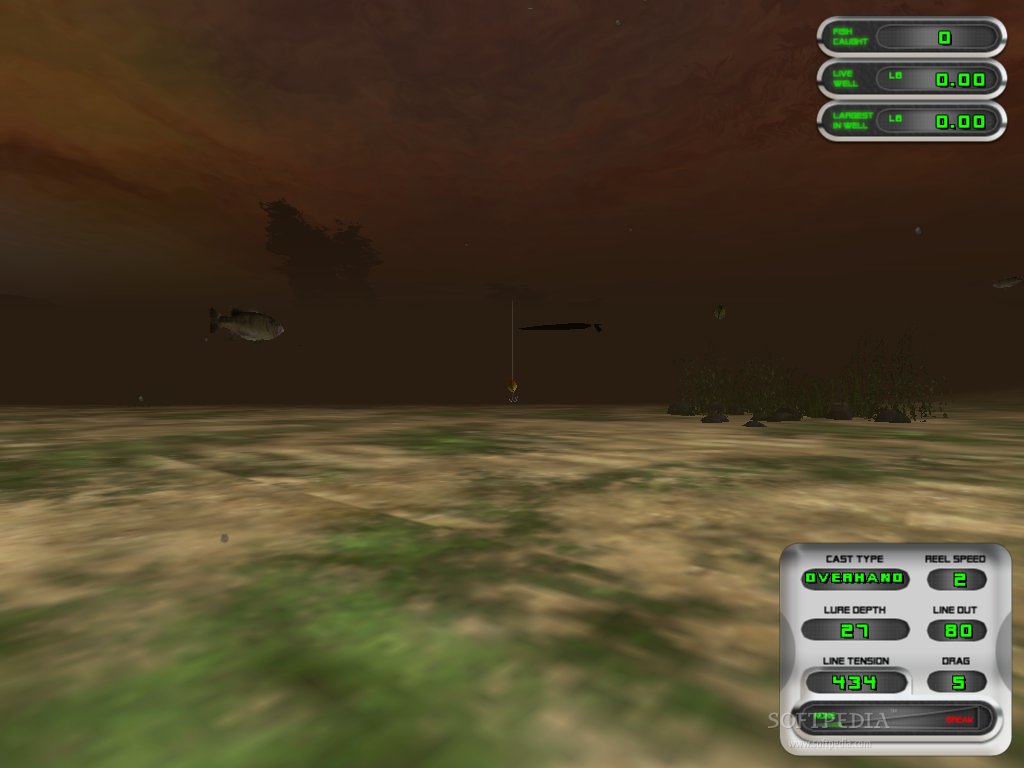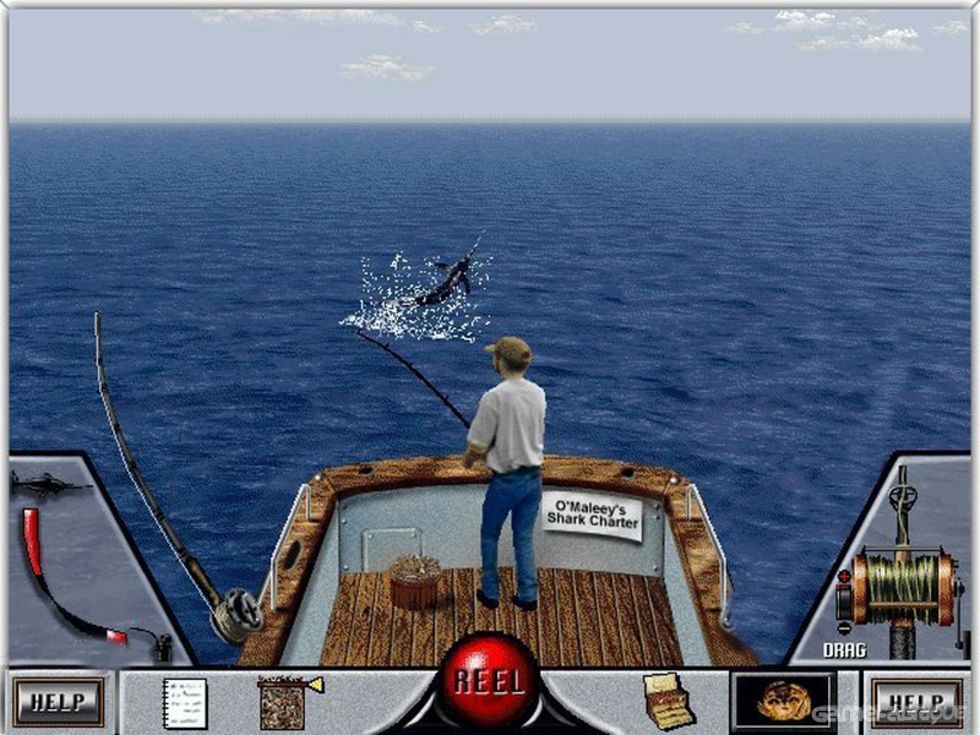
New offshore humps and points, meanwhile, have emerged as productive areas. Consequently, spots that have produced fish consistently over the years might be high and dry or too shallow to hold fish now. "You may not catch much, if anything, during a trip, but what you do catch is usually pretty big."Ĭomplicating things even further, Lake Jocassee has not been up to full pool for a couple of years because of drought conditions, and during that time it has been 20 or more feet low more often than not. "I like fishing there because of the big-fish potential," Preston said. Preston, who caught the state-record spot on a bitter winter day, acknowledged that he doesn't go to Jocassee with expectations of landing a lot of fish. While Lake Jocassee yields trophy bass and offers fabulous variety, it is not known for producing tremendous catch rates. (There are only a few private homes on the lake.) The water stays clear - as clear as any in South Carolina - almost all the time. The upper end splits into narrower creek and river arms.

The lower lake is wide open and essentially round.

It's not unusual to be a cast's length from the shore and have 75 feet or more of water beneath the boat.

Lake Jocassee is steep-sided, rocky and bounded by mountains. Several Jocassee tributaries, both large and small, actually enter the lake over waterfalls. All the tributaries are cold, clear, rocky streams that form high in the Blue Ridge Mountains in North Carolina and tumble off the Blue Ridge Escarpment.


 0 kommentar(er)
0 kommentar(er)
